Animals of Ocherous
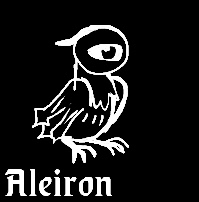 The Alerion is a rare bird that can be seen sometimes, far out at sea. It could be a hallucination, brought about by hunger, thirst or loneliness, or it could be an actual bird, surveying the ocean with its one eye. Many people claim to own Alerion-feathers, but it's very likely these are actually the leaves of a plant that just happen to be remarkably feather-like. |
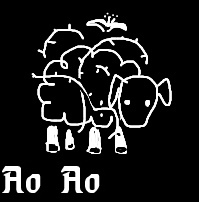 Ao aos are what happens when Wethers go bad. The transformation is generally subtle: a few barbs, some poisoned glands and perhaps a few vines coiling around their legs, but the changes do something to the Wethers brain, making it extremely dangerous. |
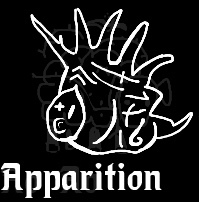 Lurking wherever anxieties can be found, Apparitions are metaphysical beings with a complex lifecycle. They range from outright hostile to completely indifferent and they make life hard for Horses who stray, literally or metaphorically, to the edges of society. |
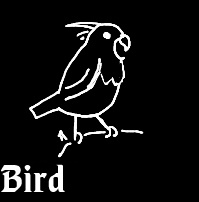 "Bird" on Ocherous is a word applied about as loosely as "Horse" is. That is, accurate in the broad strokes while having no relation whatsoever to the animal it originally reffered to. These avian creatures that resembles birds in much the same way a cloud might resemble a rabbit. |
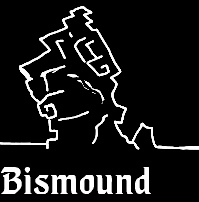 Bismounds are rock formations that resemble oversized Bismuth crystals. They glimmer in various colors depending on how the light hits it. It is often used as a symbol of subjectivity in parables and proverbs. |
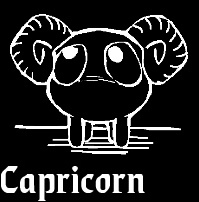 Capricorns are often called "the rats of Lucidious," which is curious as a), there are regular rats in Lucidious and b) it doesn't look much like a rat. But in terms of being a cute low-level nuisance, the moniker is basically accurate. In terms of appearance however, perhaps a more accurate description would be "the mutant offspring of a goat and a baseball." |
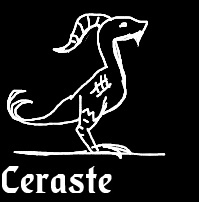 The Ceraste are dangerous creatures that resemble a basilisk, at least in the sense that they combine the features of bird and reptile. It does not turn you to stone, but its gaze have been known to freeze travellers in place. Its bite is extremely poisonous, it has a mean kick and a bad temper; none of these are qualities you want in an animal that regularly lurks in tall grass. |
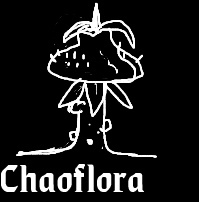 The Chaoflora is basically an invasive ecosystem. Every piece of it—from the undergrowth to the floating seed pods—support each other in a complex nutritional weave, but rejects and crowds out everything else. If left to its own devices, the Chaoflora would gradually take over the planet. Fire is recommended. |
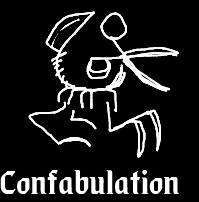 Confabulations vary widely in appearance, but usually have bodies with features borrowed from various tools, mainly cutting implements. They are sometimes seen in the edges of forests and, curiously enough, on top of clock towers at the stroke of midnight, only to disappear a minute later. |
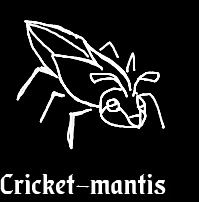 Cricket-mantises are small Ectognaths whose wings have fused together into pinchers they click together to attract mates. Their sound can be heard constantly during dry season, and from every direction: an inscessant high-pitched clicking that you either get used to or that will drive you insane. |
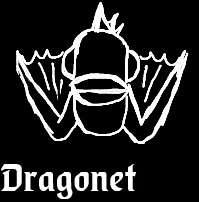 Dragonets does not exist anymore, they went extinct a while back. But as long as at least one sentient being remembers them, they will exist in the Dreaming as oneiric fossils. |
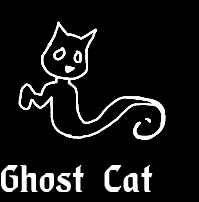 Ghost Cats are feline spectres that coil around trees and lamp posts, especially during fog. They were summoned once in an ill-fated attempt at combining restoration ecology with dark arts and they have turned feral since. Even as feral ghosts, they are still cats and fundamentally cute, however. |
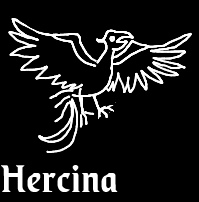 Hercina is a bird known mainly through the tales of miners. They are used to explain the strange sheen sometimes seen at the end of tunnels, the peck-marks on the walls and that noise you hear sometimes deep underground: a high-pitched screech that echoes even in tight spaces. |
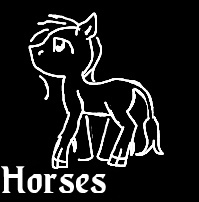 Horses are a sapient equinoid species, on average 10 hands tall. They are quadrupedal, but with more dextrous front hooves and a center of gravity further back than you'd expect from a pure quadruped. Their hooves split into four toes and a "dew-claw" used for gripping. The Horses are obligate herbivores, but use fish as a protein supplement. Grass and undergrowth form a big part of their diet; larger islands have dedicated grazing fields, kept green by nutritious crystal and Horses on smaller islands import hay to keep up with their dietary requirements. Their intelligence-level can be describe as "human-like." Horses tend to do better on spatial tasks while humans excel at logic, but beyond that, their intellectual capacity are roughly the same as humans. Where they differ is in terms of perception. Horses have the ability to see extra-sensory beings called "Apparitions," although it is not clear if these truly exist or are more of a social construct. |